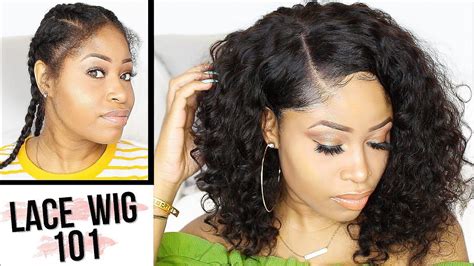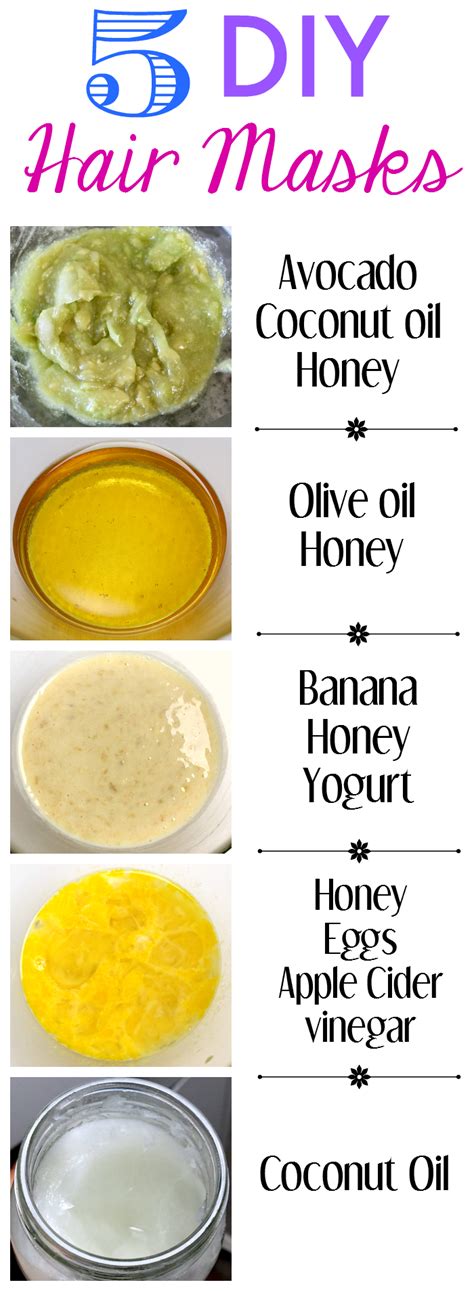Why Use Home Hair Masks?
Home hair masks are a budget-friendly and effective way to nourish your hair and scalp. According to a study by the American Academy of Dermatology, 80% of people suffer from dry, brittle hair at some point in their lives. Hair masks can help to restore moisture, repair damage, and promote healthy hair growth.

Compared to commercial hair masks, home hair masks are:
- More affordable: You can save up to 90% by making your own hair masks.
- More natural: Home hair masks are typically made with fresh, wholesome ingredients that are gentle on your hair.
- More customizable: You can tailor your hair mask to meet your specific hair needs and preferences.
50+ Home Hair Mask Recipes
For Dry, Brittle Hair
- Avocado and honey mask: Rich in vitamins A, E, and fatty acids, avocado nourishes and moisturizes dry hair. Honey is a humectant that helps to lock in moisture.
- Olive oil and egg yolk mask: Olive oil is a natural emollient that softens and smooths hair. Egg yolk is a rich source of protein, which helps to strengthen and repair hair.
- Yogurt and coconut oil mask: Yogurt contains lactic acid, which helps to remove dead skin cells and promote hair growth. Coconut oil is a natural moisturizer that nourishes and protects hair.
For Damaged Hair
- Banana and honey mask: Bananas are rich in potassium, which strengthens hair and reduces breakage. Honey is a natural humectant that helps to lock in moisture.
- Argan oil and shea butter mask: Argan oil is a rich source of antioxidants and fatty acids, which help to repair and protect damaged hair. Shea butter is a natural moisturizer that softens and smooths hair.
- Avocado and coconut oil mask: Avocado nourishes and moisturizes hair, while coconut oil helps to repair damage and protect against further damage.
For Hair Growth
- Castor oil and rosemary oil mask: Castor oil is rich in ricinoleic acid, which stimulates hair growth and reduces hair loss. Rosemary oil is a natural antiseptic that helps to promote scalp health.
- Aloe vera and coconut oil mask: Aloe vera is a natural anti-inflammatory that helps to soothe and cool the scalp. Coconut oil is a natural moisturizer that nourishes and protects hair.
- Onion juice and honey mask: Onion juice is rich in sulfur, which stimulates hair follicles and promotes hair growth. Honey is a natural humectant that helps to lock in moisture.
For Oily Hair
- Apple cider vinegar and lemon juice mask: Apple cider vinegar is a natural astringent that helps to clarify and balance oily hair. Lemon juice is a natural antiseptic that helps to remove dirt and oil from the scalp.
- Baking soda and water mask: Baking soda is a natural antifungal that helps to control dandruff and scalp irritation. Water dilutes the baking soda and makes it easier to apply to hair.
- Tea tree oil and jojoba oil mask: Tea tree oil is a natural antifungal and antibacterial that helps to combat scalp infections and reduce oil production. Jojoba oil is a natural moisturizer that nourishes and protects hair.
For Color-Treated Hair
- Coconut oil and shea butter mask: Coconut oil is a natural moisturizer that helps to lock in color and prevent fading. Shea butter is a natural emollient that softens and smooths hair.
- Avocado and egg yolk mask: Avocado nourishes and moisturizes color-treated hair, while egg yolk helps to strengthen and protect it.
- Honey and olive oil mask: Honey is a natural humectant that helps to lock in color and prevent fading. Olive oil is a natural emollient that softens and smooths hair.
Common Mistakes to Avoid
- Overdoing it: Applying hair masks too frequently can strip your hair of its natural oils and lead to dryness and breakage.
- Using the wrong ingredients: Not all hair masks are created equal. Choose ingredients that are appropriate for your hair type and needs.
- Leaving the mask on for too long: Most hair masks should be left on for no more than 30 minutes. Leaving on the mask for too long can dry out your hair and make it prone to breakage.
- Not rinsing the mask out thoroughly: If you don’t rinse the mask out thoroughly, it can leave a residue on your hair that can weigh it down and make it look dull.
- Using heat: Heat can damage your hair and make it more susceptible to breakage. Avoid using heat when applying or removing hair masks.
Pros and Cons of Home Hair Masks
Pros:
- Less expensive than commercial hair masks
- More natural and gentle on your hair
- Customizable to meet your specific hair needs and preferences
Cons:
- Can be time-consuming to make
- May not be as effective as commercial hair masks
- Can be messy to apply and remove
Conclusion
Home hair masks are a great way to nourish your hair and scalp. They are more affordable, more natural, and more customizable than commercial hair masks. By following the tips in this article, you can avoid common mistakes and maximize the benefits of home hair masks.
Tables
Table 1: Benefits of Home Hair Masks
| Benefit | Description |
|---|---|
| Moisturize dry hair | Home hair masks can help to restore moisture to dry, brittle hair and make it softer and more manageable. |
| Repair damaged hair | Home hair masks can help to repair damage caused by heat styling, chemical treatments, and environmental factors. |
| Promote hair growth | Home hair masks can help to stimulate hair growth and reduce hair loss. |
| Clarify oily hair | Home hair masks can help to clarify oily hair and remove dirt and oil from the scalp. |
| Protect color-treated hair | Home hair masks can help to lock in color and prevent fading. |
Table 2: Common Ingredients in Home Hair Masks
| Ingredient | Benefits |
|---|---|
| Avocado | Nourishes and moisturizes |
| Banana | Strengthens and reduces breakage |
| Coconut oil | Moisturizes and protects |
| Egg yolk | Strengthens and repairs |
| Honey | Locks in moisture |
| Olive oil | Softens and smooths |
| Shea butter | Moisturizes and protects |
| Yogurt | Removes dead skin cells and promotes hair growth |
Table 3: Timetable for Home Hair Masks
| Hair Type | Frequency |
|---|---|
| Dry hair | 1-2 times per week |
| Damaged hair | 2-3 times per week |
| Hair growth | 1-2 times per week |
| Oily hair | 1-2 times per week |
| Color-treated hair | 1-2 times per week |
Table 4: Tips for Applying Home Hair Masks
| Tip | Description |
|---|---|
| Start with clean hair | This will help the mask to penetrate the hair shaft more effectively. |
| Apply the mask evenly | Use a wide-tooth comb to distribute the mask evenly throughout your hair. |
| Cover your hair with a shower cap | This will help the mask to stay in place and penetrate the hair more deeply. |
| Leave the mask on for 15-30 minutes | Most hair masks should be left on for no more than 30 minutes. |
| Rinse the mask out thoroughly | Use warm water to rinse the mask out thoroughly. |
